Ancient Magic and Spells
- Shivani Hariharan

- Jun 1, 2024
- 3 min read
Spells have a rich history, dating back to ancient times when people believed in the power of words and intentions. The word "spell" comes from the Old English "spellian," meaning to tell or recite, showing the close link between language
and magic. Spells work by focusing our thoughts and energy on a specific goal.
When we cast a spell, we use words, symbols, and rituals to connect with our subconscious mind and the universe's energy. This process helps align our inner thoughts with our desires, making it easier to bring positive changes into our lives. In essence, spells are powerful tools that help us harness our inner power and the energy around us to shape our reality and achieve our dreams.
🌟 A Glimpse into the Past 🌟
Spells and rituals have been an integral part of human history, spanning across various cultures and civilizations. Each culture has its unique practices and beliefs that highlight the power of words, symbols, and intentions. Here’s a look at some ancient spell origins from around the world, including Indian culture

Ancient Egypt:
Origins: Spells in ancient Egypt were deeply intertwined with their religion and daily life. The Egyptians believed in the power of words and symbols to invoke the gods and protect against evil.
Examples: The "Book of the Dead" contains numerous spells meant to guide the deceased through the afterlife. Spells for protection, health, and prosperity were also common, often inscribed on amulets and tomb walls.
Ancient Greece:
Origins: Greek spells often involved invoking gods and goddesses for assistance. Magic in Greece was a blend of religious ritual and practical needs.
Examples: The "Greek Magical Papyri" is a collection of spells, hymns, and rituals from Greco-Roman Egypt. It includes spells for love, protection, health, and success.

Ancient Rome:
Origins: Romans adopted many Greek magical practices but also had their unique rituals. Magic was often seen as a practical tool for
everyday problems.
Examples: Roman spells included those for love, fertility, and protection. The "Curse Tablets," thin sheets of lead inscribed with curses and spells, were used to invoke spirits to harm enemies.
Ancient Mesopotamia:
Origins: Mesopotamian magic was closely related to their religion, with spells often calling upon gods and spirits for protection and healing.
Examples: The "Enuma Elish," an ancient creation myth, includes spells and incantations to summon gods. Clay tablets with spells for protection, health, and success have also been found.

Celtic Traditions:
Origins: The Celts practiced a form of animistic magic, believing in the spiritual essence of all natural things. Druids, their priestly class, were known for their magical practices.
Examples: Celtic spells often involved invoking nature spirits for healing and protection. Rituals were conducted in sacred groves, and objects like mistletoe were believed to have magical properties.
Ancient China:
Origins: Chinese magic was often intertwined with Taoism, focusing on harmony with nature and the balance of energies (Yin and Yang).
Examples: The use of talismans, incantations, and rituals to invoke spirits for protection and luck. The "I Ching," an ancient divination text, was used to foresee the future and make decisions.

African Traditions:
Origins: African magic practices are diverse and vary widely across the continent. They often involve ancestor worship and the use of natural elements.
Examples: In West African traditions, spells often involve invoking ancestors or spirits for protection and healing. Rituals might include drumming, dancing, and the use of herbs and roots.
Native American Traditions:
Origins: Native American magic is deeply connected to the natural world and the spirit realm. Shamans often acted as intermediaries between the physical and spiritual worlds.
Examples: Healing rituals, vision quests, and protective charms. The use of smudging with sage to cleanse spaces and people of negative energies.

Indian Traditions:
Origins: Indian magic and rituals are deeply rooted in Hinduism, Ayurveda, and folk traditions. Spells often involve the use of mantras, herbs, and sacred symbols.
Examples: The use of turmeric for protection and purification, the chanting of mantras to invoke deities for health and prosperity, and rituals involving the sacred tulsi plant for spiritual and physical healing.
Cultural Significance:
These ancient practices show a common thread of seeking protection, health, prosperity, and guidance through the invocation of higher powers or natural forces. They highlight humanity's deep-seated belief in the unseen and the power of ritual and intention to shape reality. These ancient spells continue to influence modern magical practices, preserving a connection to our distant past.
.png)
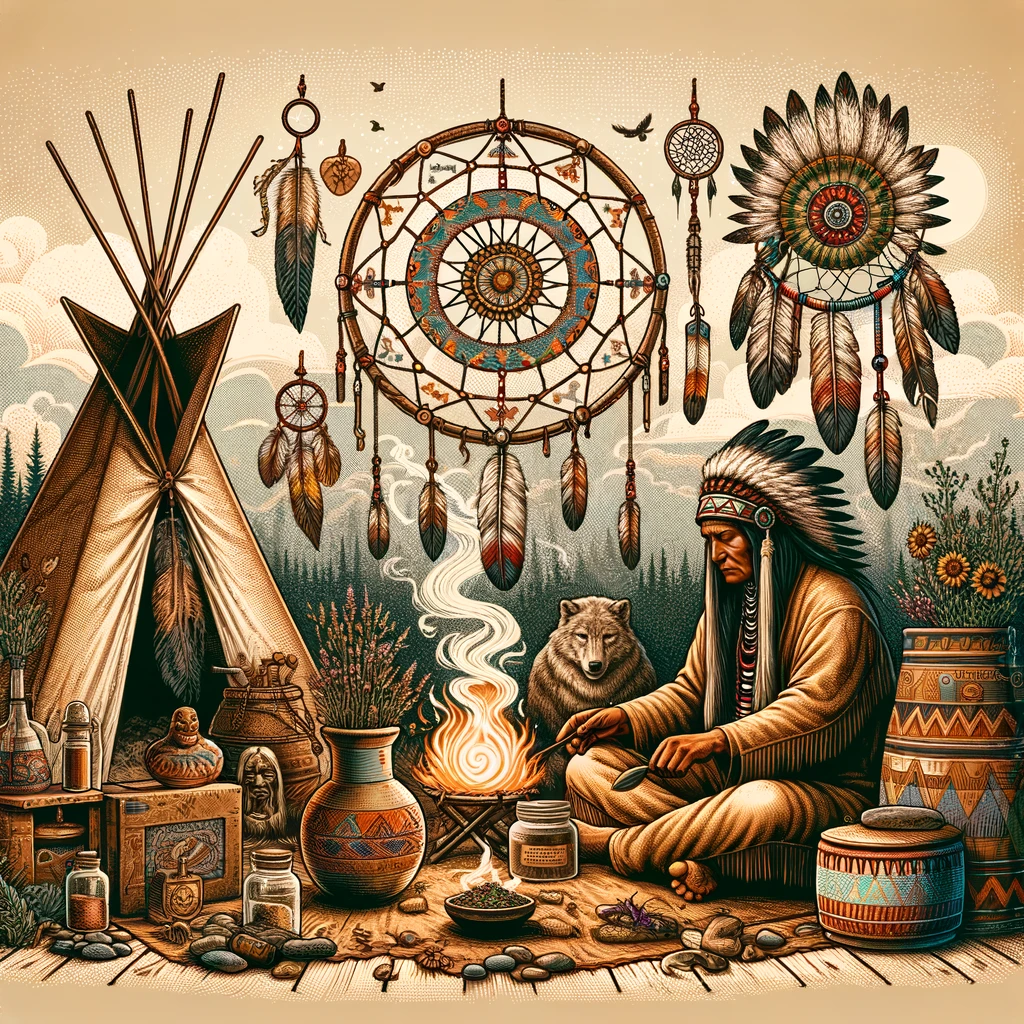
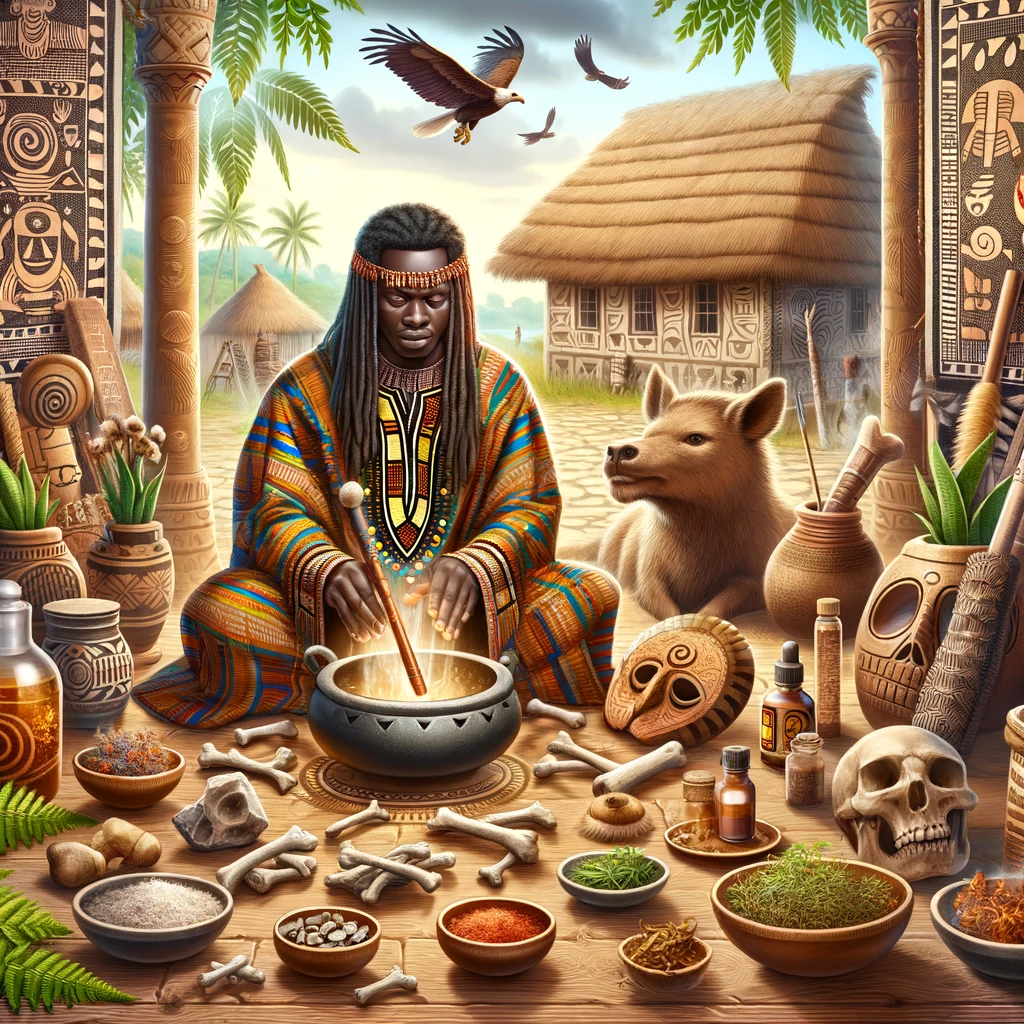

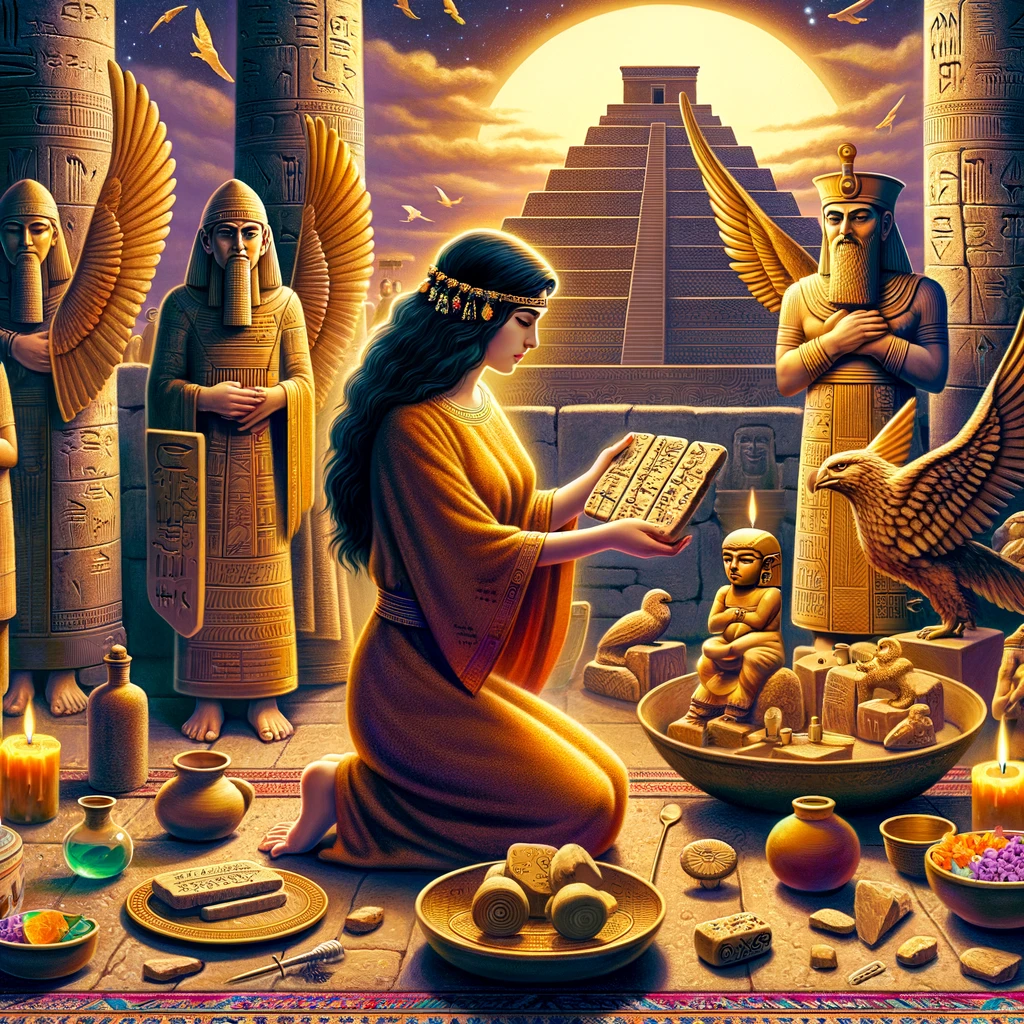
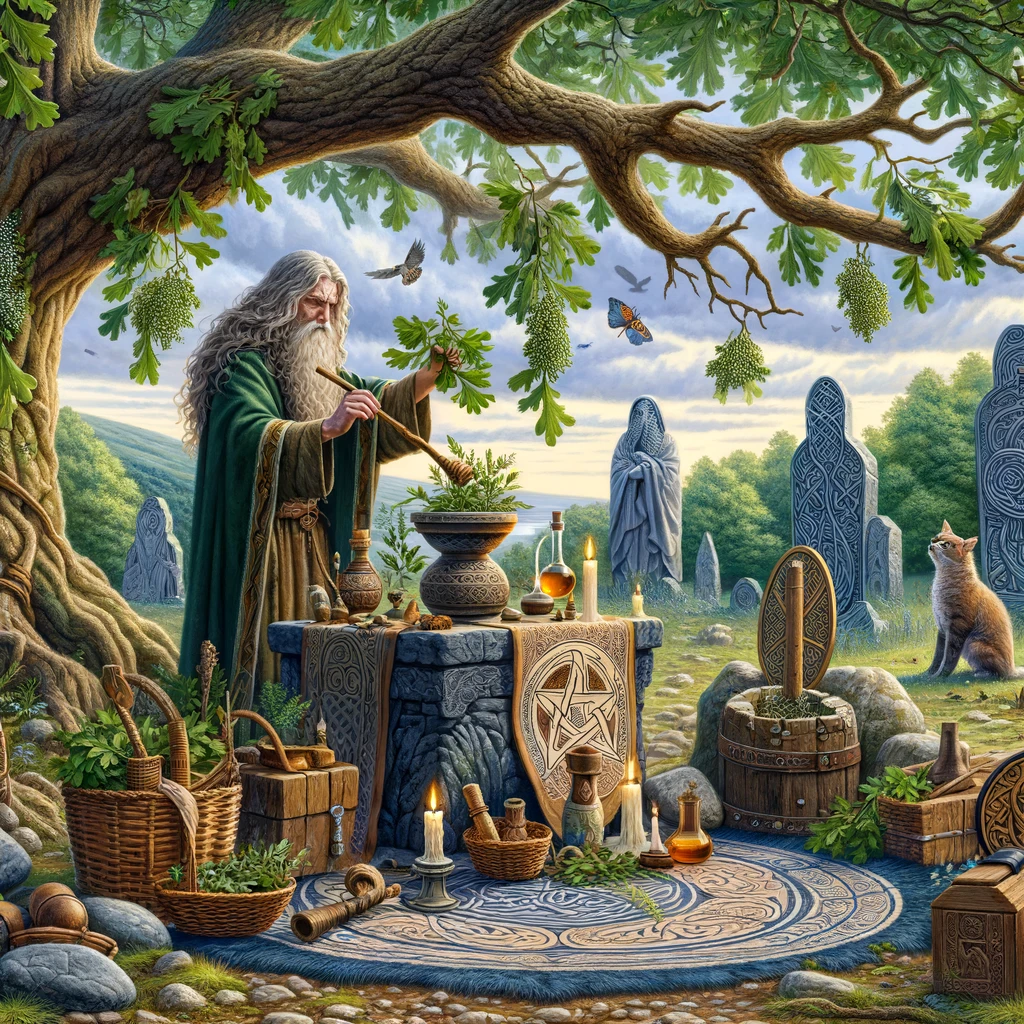
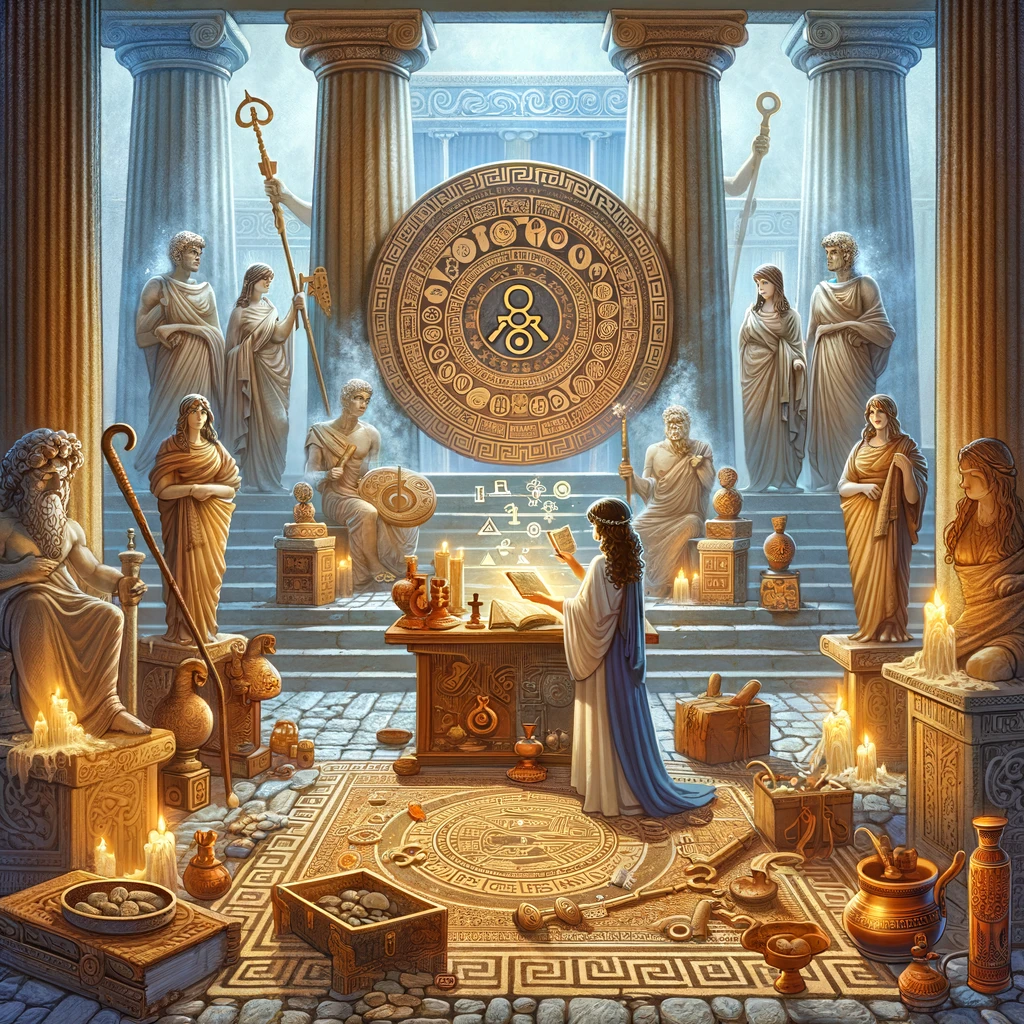
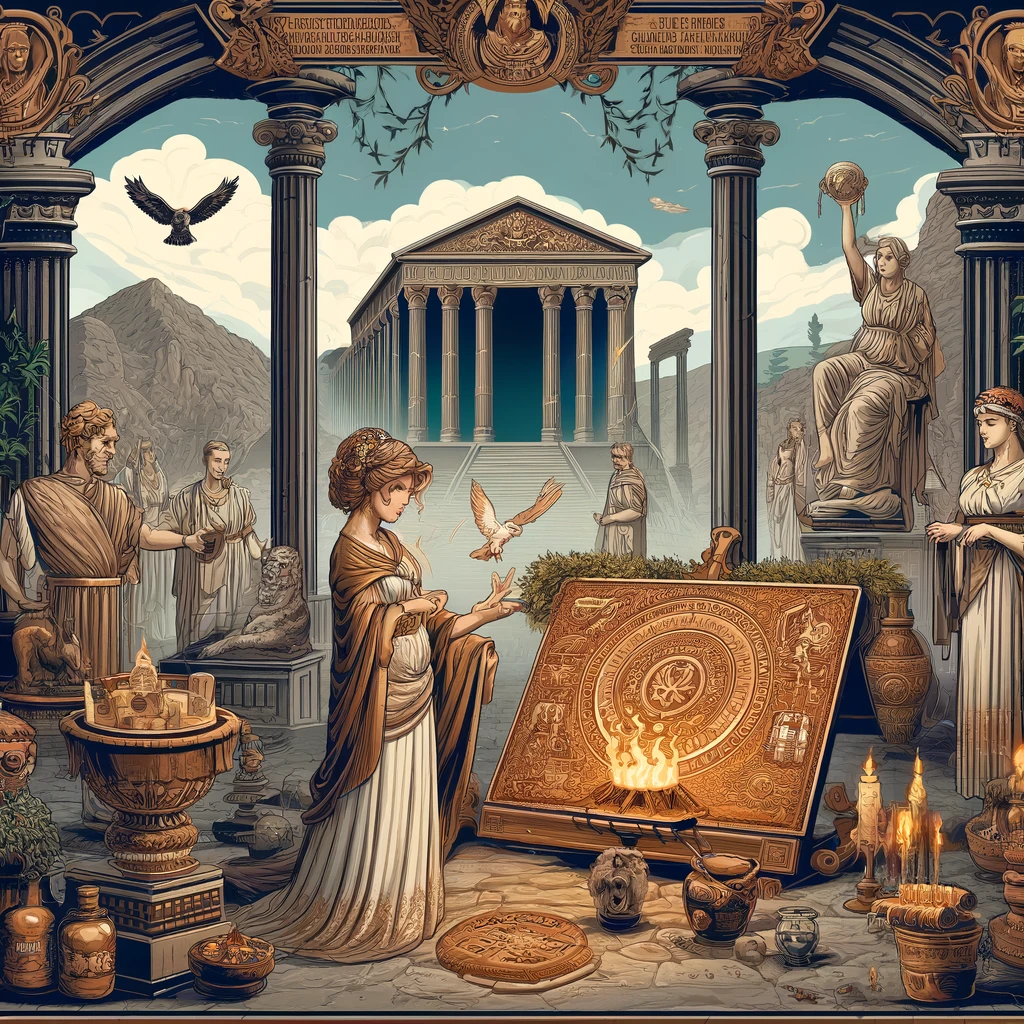
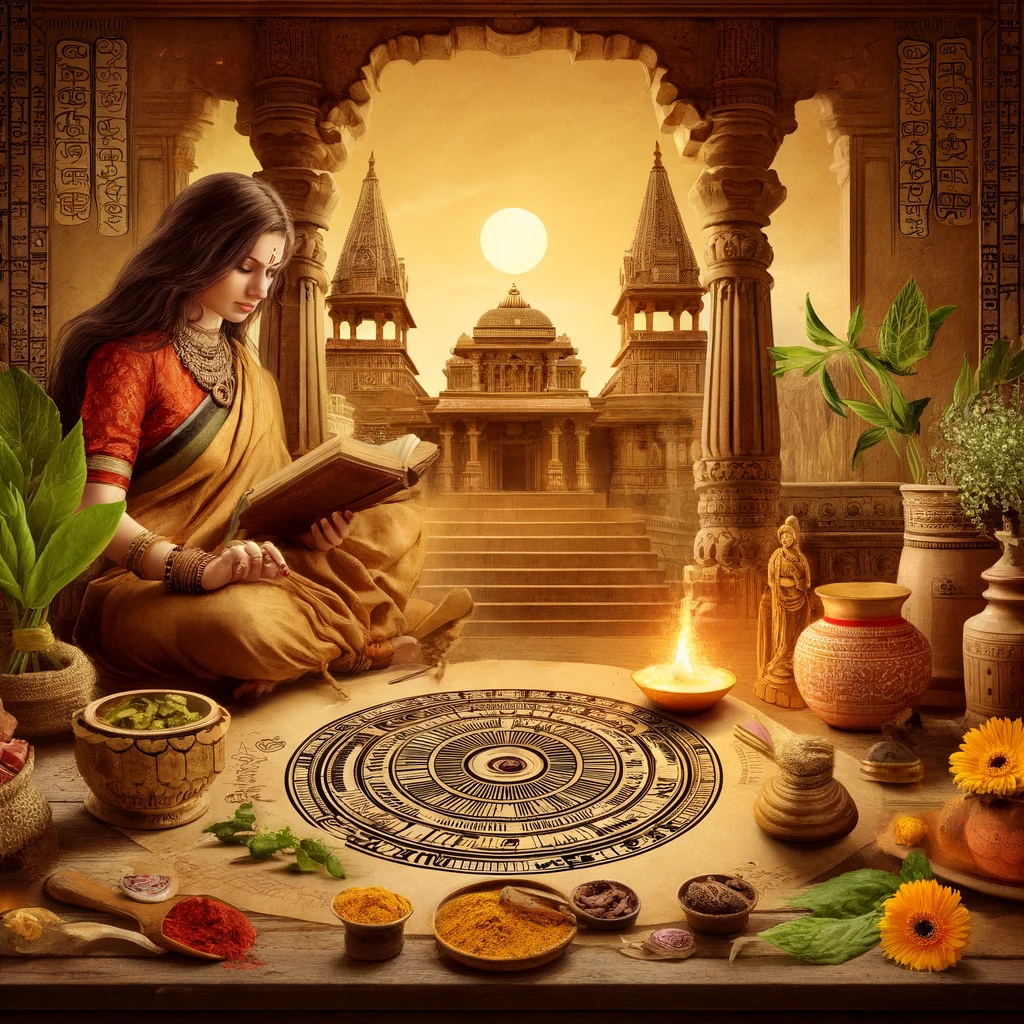
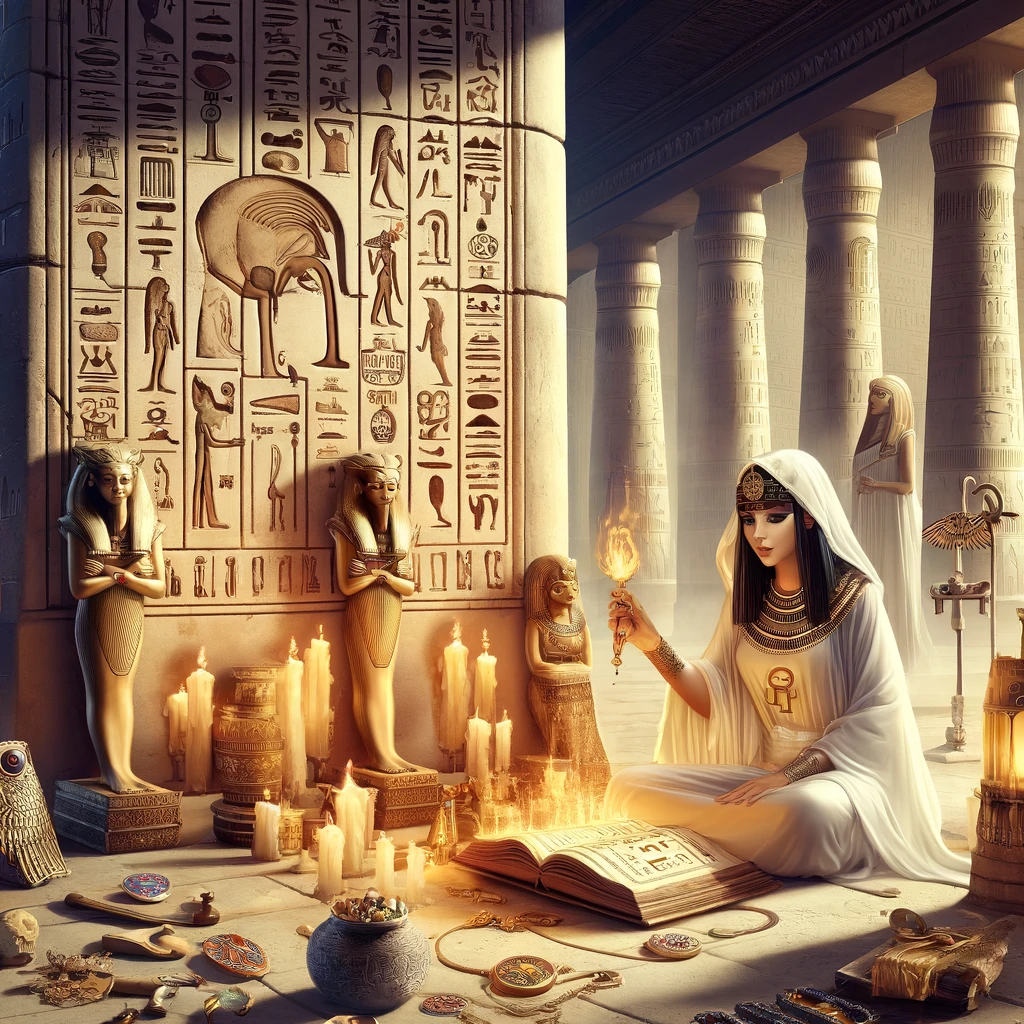



Comments